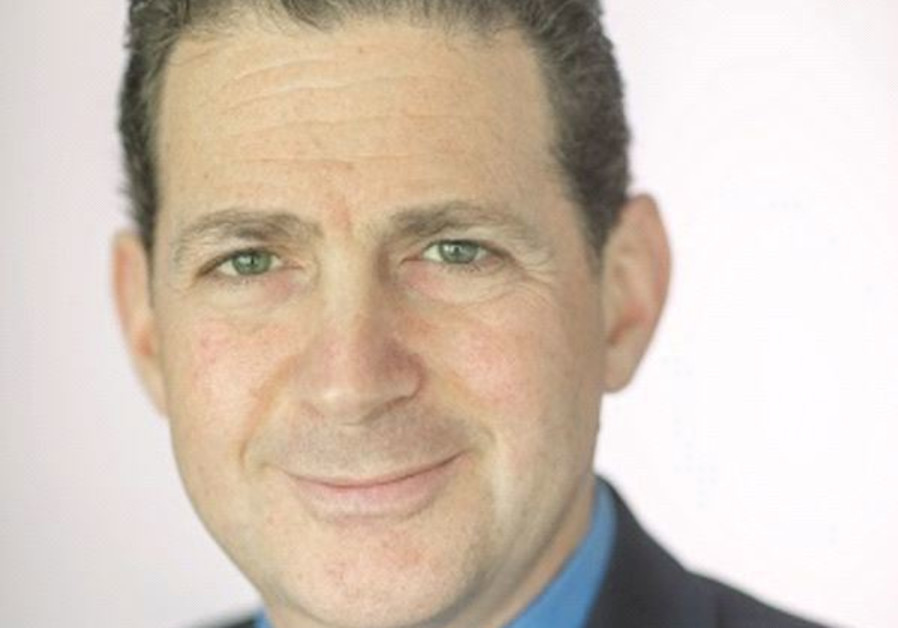The ARC (accelerate. redesign, collaborate) Innovation Center at the Sheba Medical Center in Ramat Gan accentuates a unique strategy. It accelerates innovation and redesigns health care by collaborating with partners.
“Our mission is to transform health care delivery and improve patient care through innovation,” says Professor Eyal Zimlichman, deputy director general, chief medical officer, and chief innovation officer at ARC Sheba Medical Center.
Professor Zimlichman is an internal medicine physician, healthcare executive, and researcher who focuses on assessing and improving health care quality and value, patient engagement, and patient safety. As chief innovation officer at Sheba, Zimlichman leads the enterprising ARC center.
“About five years ago, we started looking for ways to channel innovation for the improvement of medical services on a global scale. There are many gaps between what modern medicine can offer patients and what actually reaches the patients. We wanted to find ways of bridging these gaps in a proactive way,” Zimlichman explains.
“Very often, we wait for a start-up company to reach us with ideas, but we are being proactive – we want to turn the vision into reality by looking for solutions to problems. We have invested a lot of effort, together with our international partners, to create the medical vision for 2030. This is a very ambitious goal. In order to reach it, we developed ARC – Accelerates innovation and Redesigns health care by Collaborating with partners – which will help us get there,” he asserts.
The concept is based on four principles, he elaborates.
“The first principle is focusing on the transformation to digital medicine. We look for innovation in other fields, such as pharma and medical equipment, but the focus is on digital medicine. The second principle is open innovation, meaning that we work with the industry, not against it. Our third principle is creating a global ecosystem -- partnering with international organizations that have similar visions and goals, with a focus on innovation. We were very busy in the last years looking for the right partners. The fourth principle is the infrastructure. Innovation needs infrastructure – both physical and in terms of data -- as well as creating a legal and financial base. After all, innovation and development need funds,” he says.

Innovation hubs
Within digital medicine, says Zimlichman, ARC focuses on specific hubs. ARC has established five innovation hubs to foster the development of unique digital health capabilities across the spectrum of care. Each is headed by a clinical champion: big data and artificial intelligence (AI); precision medicine (aka personalized medicine); telemedicine; virtualization in medicine; and innovations in surgery and rehabilitation.
Telemedicine received a lot of attention recently, when many hospitals started using it to treat corona patients. “We recognized the importance of telemedicine five years ago. So when the COVID-19 pandemic broke out, we were ready to launch. The fact that we started a few years ago prepared us for the pandemic. Sheba was ready when the pandemic hit us, and were able to administer treatment using telemedicine,” says Prof. Zimlichman.
He adds, “Personalized medicine, virtual reality, and augmented reality may take center stage beyond just training, rehabilitation, and physiotherapy. We talk about using these techniques for the treatment of pain, anxiety, and depression. These techniques are part of the digital medicine that ARC is involved in developing.”
The future of surgery
Two other hubs include the future of surgery and rehabilitation. Both are from the focal point of digital medicine. “Digital medicine will completely transform the future of surgery and rehabilitation,” says Zimlichman.
“There are more than 50 people working in ARC, all of whom focus on innovation. They facilitate the work. Later, the people who will implement the new technologies will be the doctors and nurses. They are the ones who also come up with the ideas. They tell us what they need,” he says.
One of the concepts that Prof. Zimlichman is leading currently is the control tower. “Hospitals are very intricate organizations. There are many characteristics that a hospital and an airport have in common; but while an airport is run in a very meticulous and effective way, hospitals are not. We want to build a control tower of sorts for hospitals that will become the new standard of running a medical center,” he says. The underlying idea is that while in an airport the commuters and staff have a systemized path they move through, in a hospital things are not as well organized.
Another project focuses on the future of the surgical arena. “We believe that in 10 years’ time, most surgeries will be done by robots. Much like the automatic pilot that flies airplanes. Just as pilots still sit in the cockpit for emergencies, so will robots perform most parts of the surgery. This will improve the quality of medicine that we will be able to offer patients in the future,” he states.
Prof. Zimlichman stresses that robotics will help reach more patients and administer better medicine to remote parts of the world. “The surgeon can be in Shiba, while the patient may be in Safed. This project will make access easier for patients living in remote areas,” he explains.
Another ambitious ARC project is being developed in Chicago. “We have just signed an agreement to build a new ARC center in Chicago,” says Prof. Zimlichman. “The project is creating a lot of enthusiasm. There, the focus will be on healthy living. The idea is to implement new technologies and digital medicine in areas such as healthy lifestyle and improve conditions in lower-income neighborhoods.”
